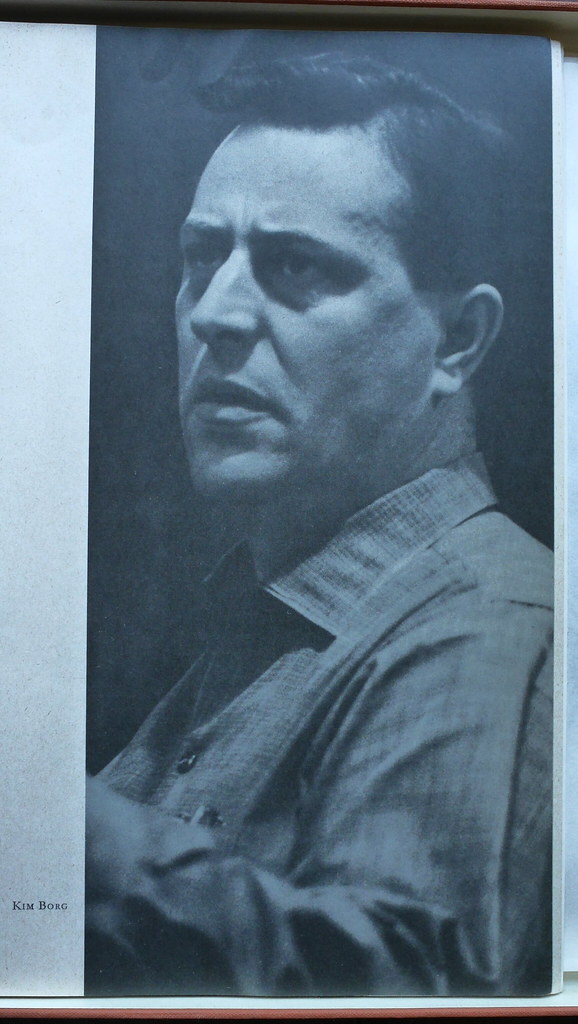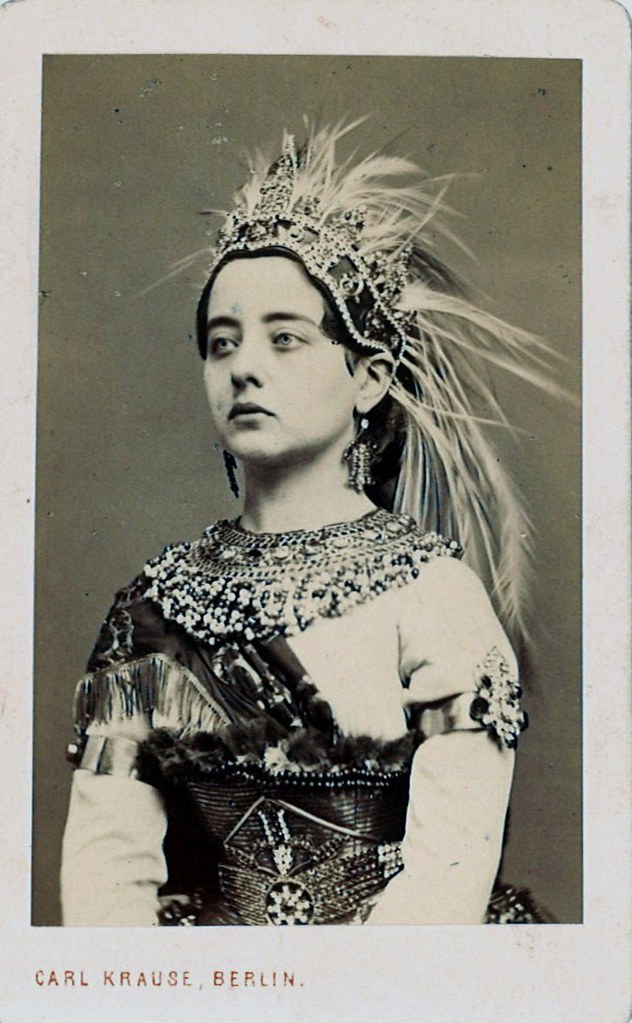:format(jpeg):mode_rgb():quality(40)/discogs-images/A-1057453-1395752272-5880.jpeg.jpg)
The Finnish bass-baritone Kim Borg, who has died aged 80, was a well- regarded singer in opera and song from the mid-1950s to the mid-1970s, with a wide repertory but a natural preference for the music of Scandinavia and Russia. He was a specialist in the songs of his fellow Finns Sibelius and Kilpinen, many of which he recorded. He appeared in many opera roles internationally, his gifts as an actor much to the fore.
Britain saw him on stage all too seldom. He appeared at Glyndebourne in 1956 as an imposing, if slightly too rough-hewn, Don Giovanni. He returned to the festival as, more appropriately, Don Pizarro, in Fidelio in 1959.
At about this time, Sir John Barbirolli took a liking to Borg’s voice, and afterwards frequently asked him to sing the roles of the Priest and the Angel of the Agony in The Dream Of Gerontius. When Barbirolli recorded the work in 1964, a version some consider the best of all, Borg was chosen for those bass-baritone roles. His self-evident sincerity of interpretation overcame the drawback of rather a thick accent.
He appeared for the first time in recital in London in 1959, when his interpretations, and wholehearted powers of expression, were greatly admired. This was also the year of his debut as Count Almaviva (Le nozze di Figaro) at the Metropolitan Opera House, New York, where he appeared for the following three seasons.
Borg was born into a musical family in Helsinki, and was first taught at home by his mother; she told him to sing from the chest, not the throat. Notwithstanding this support, he chose to study chemistry rather than music.
With the war between Finland and the Soviet Union breaking out in 1939, he was recruited to the Finnish army and served as a photographer in his platoon (photography then being his hobby). In 1945, he turned to music and studied composition at the Sibelius Academy in Helsinki, and voice with teachers in Copenhagen, where he was later to make his home. He gave his debut recitals in those two cities in 1947.
Borg’s opera debut followed in 1952, not in his home city – where his talents were, at first, under-appreciated – but in Aarhus, in Denmark, as Colline in La Bohème. This led to his breakthrough, when he was invited to take the short, but plum, bass role of Prince Gremin in Yevgeny Onegin at the Royal Opera, Copenhagen, where he was immediately engaged on a regular basis.
It was at this point that Borg’s international career took wing. He was engaged to sing the oily monk Rangoni to Christoff’s Boris Godunov in Issay Dobrowen’s ground-breaking recording of Mussorgsky’s opera for EMI in 1952. Soon, Deutsche Grammophon was on his trail, and he made a number of recordings of opera, oratorio and song for the company during the following 10 years.
Borg was much admired in Germany and, from 1965 to 1968, was a member of the Hamburg State Opera. But he was always welcome in his native Scandinavia, and from 1960 was a member of the Stockholm Opera, where his Scarpia was much praised in 1963. In 1971, he sang Fafner and Hagen in the company’s performances of Wagner’s Ring. A year earlier, he sang Osmin at the Drottningholm festival, another histrionic triumph.
He appeared in concerts at the Salzburg festival from 1956, singing Mozart, and in 1965-66 sang Pimen in Karajan’s staging of Boris Godunov. His Mussorgskian credentials were also confirmed by a fine recording of Songs and Dances of Death.
In 1972 he became professor of singing at the music academy in Copenhagen, though he had equivocal views on the art of teaching singers. He was also much in demand as an adjudicator at singing competitions. A wise and intelligent man and singer, he appreciated that musicianship was as important as voice in his art. His career confirmed that.
He married Ebon Karin Ingeborg Ringblom in 1950; they had two children.
Kim Borg, bass-baritone, born August 7 1919; died April 28 2000
Courtesy: The Guardian

Kim Borg photo taken on 1965
Photo courtesy: Wikipedia



























:format(jpeg):mode_rgb():quality(40)/discogs-images/A-1057453-1395752272-5880.jpeg.jpg)










